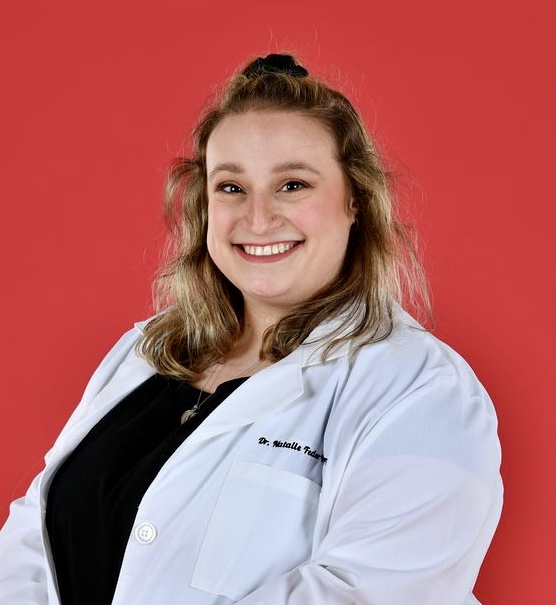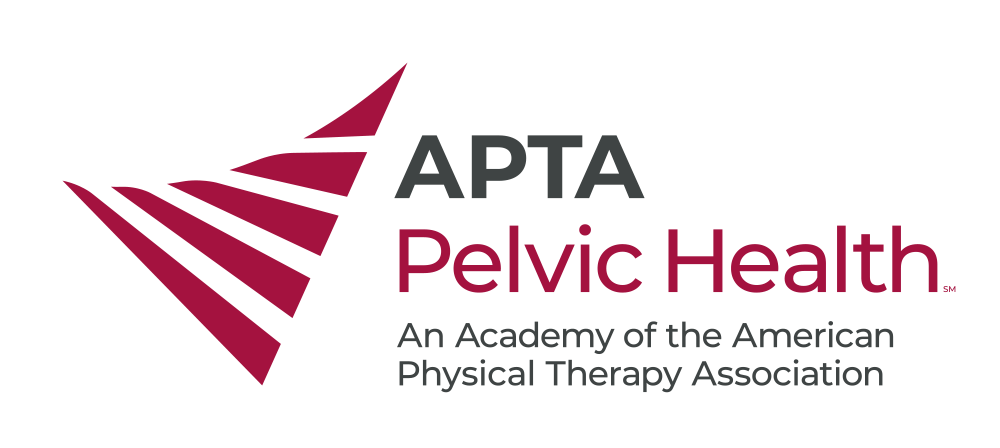Discovering Pelvic Health Physical Therapy as a PT Student: An Eye-Opening Experience
When I began my journey as a physical therapy student, I had no idea how broad the field truly was. I imagined myself working in a hospital setting. Pelvic health physical therapy? It wasn’t even on my radar. But over the course of my education, I was introduced to this fascinating and essential specialty—and it completely shifted my perspective on what physical therapy can bring to the table as a profession.
I first encountered pelvic health physical therapy via social media. I followed a popular Instagram account (shoutout to @dpts_with_anxiety). Originally, I followed the page for some relatable comedic relief during the many long nights of studying. However, along the way I was introduced to the topic of pelvic health physical therapy, as the creator of the Instagram account practices as a pelvic health PT. That got me doing some research (also going down many rabbit holes on TikTok and IG reels way too late at night). With my background, I already had some knowledge in GI/colorectal, and the sensitive nature of some natural human functions that are considered taboo.
Before physical therapy school, my background included working as a nursing assistant on a colorectal surgery unit. I was part of the care team for patients of various walks of life, but one thing became very apparent to me — no one liked to talk about urinating and bowel movements. Patients have suffered in silence and have thought some of the symptoms they were experiencing were just ‘part of the human experience’ and didn’t think there was anything they could do to change their experience. I always felt compelled to help patients in this situation, but I wasn’t quite sure how to yet — or if it was even possible as a physical therapist.
During our classwork in school, I was introduced to the inner workings of the GU, GI, and musculoskeletal systems and was able to connect my real world work experience with my physical therapy studies. I was fascinated when I finally connected in the dots in my brain that all of the body systems affect one another. I learned that the musculoskeletal system can positively or negatively affect these basic bodily functions.
Fast forward to my second clinical rotation, my CI was one of the few physical therapists in the area that treated pelvic health patients. I was so excited to get to learn more about how pelvic health PT sessions were conducted in real life. I gained so much insight and was exposed to so many incredible patients that I was able to be apart of the care to improve their confidence in themselves and change their lives in ways that they didn’t think possible.
While I just recently graduated earlier in the month of December, I still see myself working in the acute care setting. I really want to continue expand my knowledge base on pelvic health and how to treat these types of impairments. In the near future, I see myself returning back to a GU/GI floor with increased knowledge base to further help these patient populations in their recovery.
For any future or current student with any kind of interest, I encourage you to take the leap and ask a mentor to help connect you to someone. I encourage you to never stop being curious and committed to life long learning. You never know where your curiosity can lead you on this educational journey.

Author: Natalie Feder, SPT, 2024 APTA Pelvic Health CAPP Scholarship Recipient
Author Bio: I am a freshly graduated DPT student from Youngstown State University as of this December. Before physical therapy school, my background experience consisted of working in the acute care setting as a nursing assistant on a medical/surgical unit.


